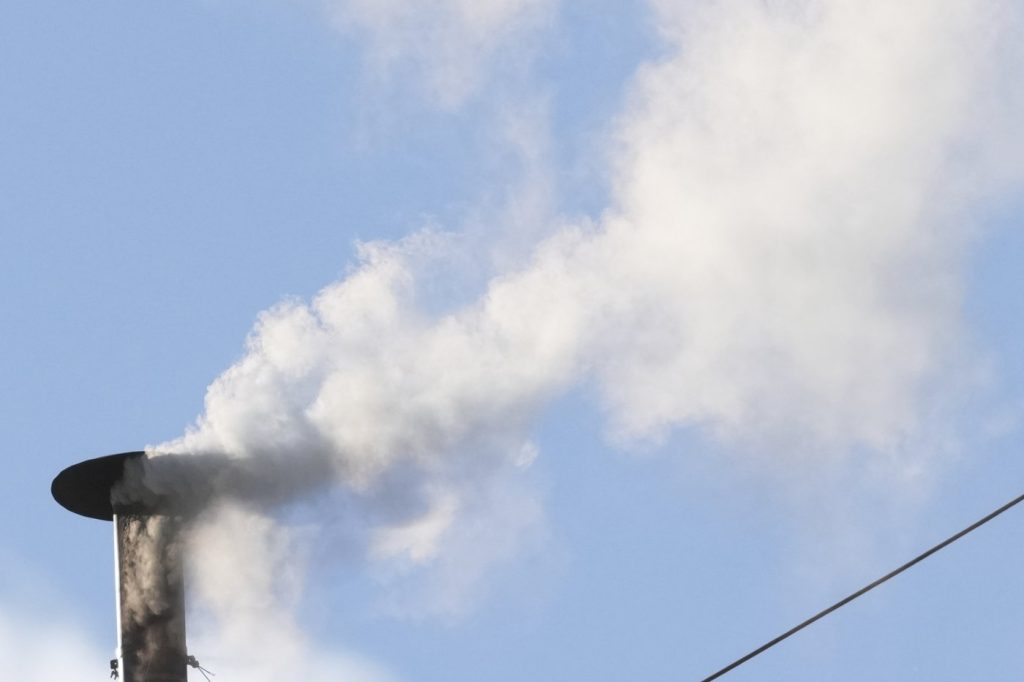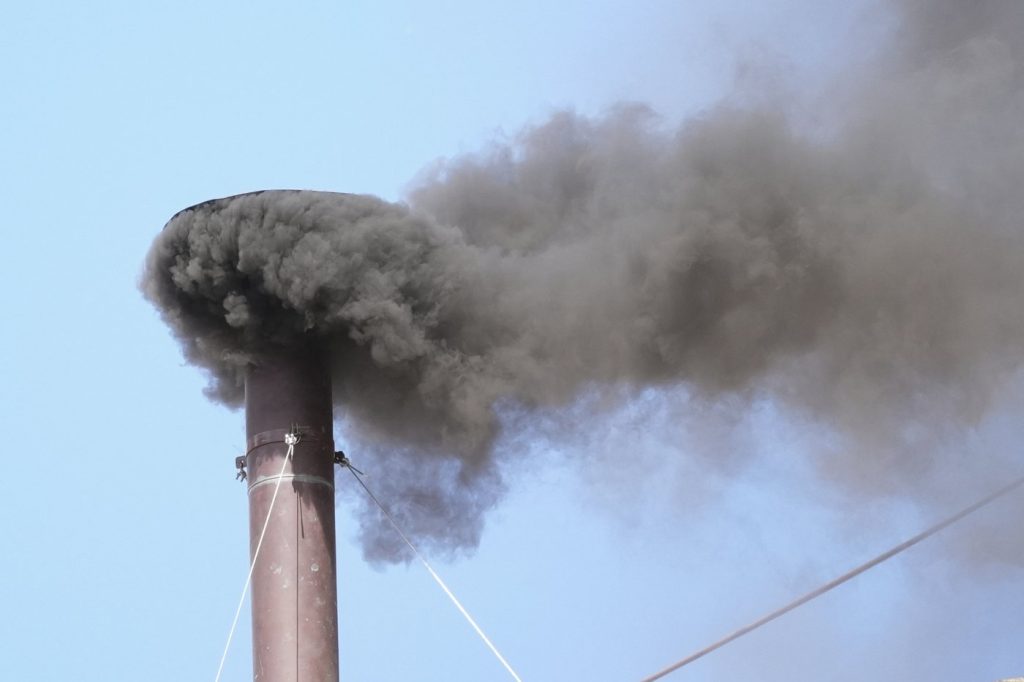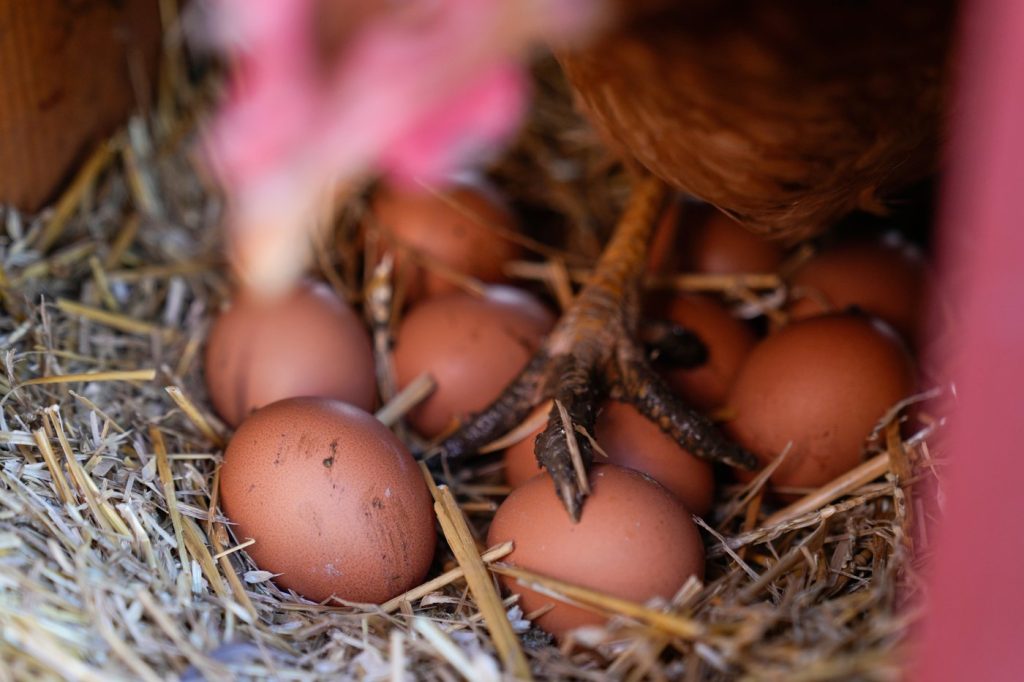The process of electing a new pope can vary significantly in duration, influenced by various factors including the number of voting cardinals and the dynamics within the conclave. Recently, the election of a successor to Pope Francis took just two days, making it one of the quickest conclaves in recent history, although not the shortest overall.
Determining the exact duration of past papal elections can be challenging, as the Vatican does not maintain official statistics on vote tallies or the number of ballots cast. Various sources attempting to document these details often present conflicting figures. However, some historical records provide insight into the speed of past conclaves.
Historically, prior to 1274, it was not uncommon for a pope to be elected on the same day as the death of his predecessor. Following that period, the church instituted a waiting period of at least 10 days before the initial vote. This guideline was later extended to 15 days, allowing all cardinals sufficient time to arrive in Rome for the election. The fastest conclave that adhered to the 10-day waiting rule occurred in 1503 during the election of Pope Julius II, who was elected within just a few hours.
In more contemporary history, the election of Pope Francis in 2013 required five ballots, while Pope Benedict XVI was chosen in 2005 after four ballots and Pope Pius XII was elected in 1939 following three ballots, all notable for their relatively short durations. Conversely, the longest conclave of the 20th century was the election of Pope Pius XI in 1922, which lasted five days and included 14 rounds of voting.
The dynamics of conclaves have evolved over the years. For instance, prior to 1978, the number of voting cardinals was generally below 100, making it easier to reach the necessary two-thirds majority for election. In contrast, the most recent conclave featured 133 voting cardinals, requiring a minimum of 89 votes to secure a papal election.
Below is a summary of conclave durations from recent history, showcasing the variation in the number of ballots and days involved:
– 1914: Benedict XV: 10 ballots, 3 days
– 1922: Pius XI: 14 ballots, 5 days
– 1939: Pius XII: 3 ballots, 2 days
– 1958: John XXIII: 11 ballots, 4 days
– 1963: Paul VI: 5 or 6 ballots, 3 days
– 1978: John Paul I: 4 ballots, 2 days
– 1978: John Paul II: 8 ballots, 3 days
– 2005: Benedict XVI: 4 ballots, 2 days
– 2013: Francis: 5 ballots, 2 days
This comprehensive overview illustrates the range of experiences associated with conclaves throughout history, highlighting the significant shifts in electoral dynamics, timing, and the capacity of the College of Cardinals to reach collective decisions regarding papal succession.












